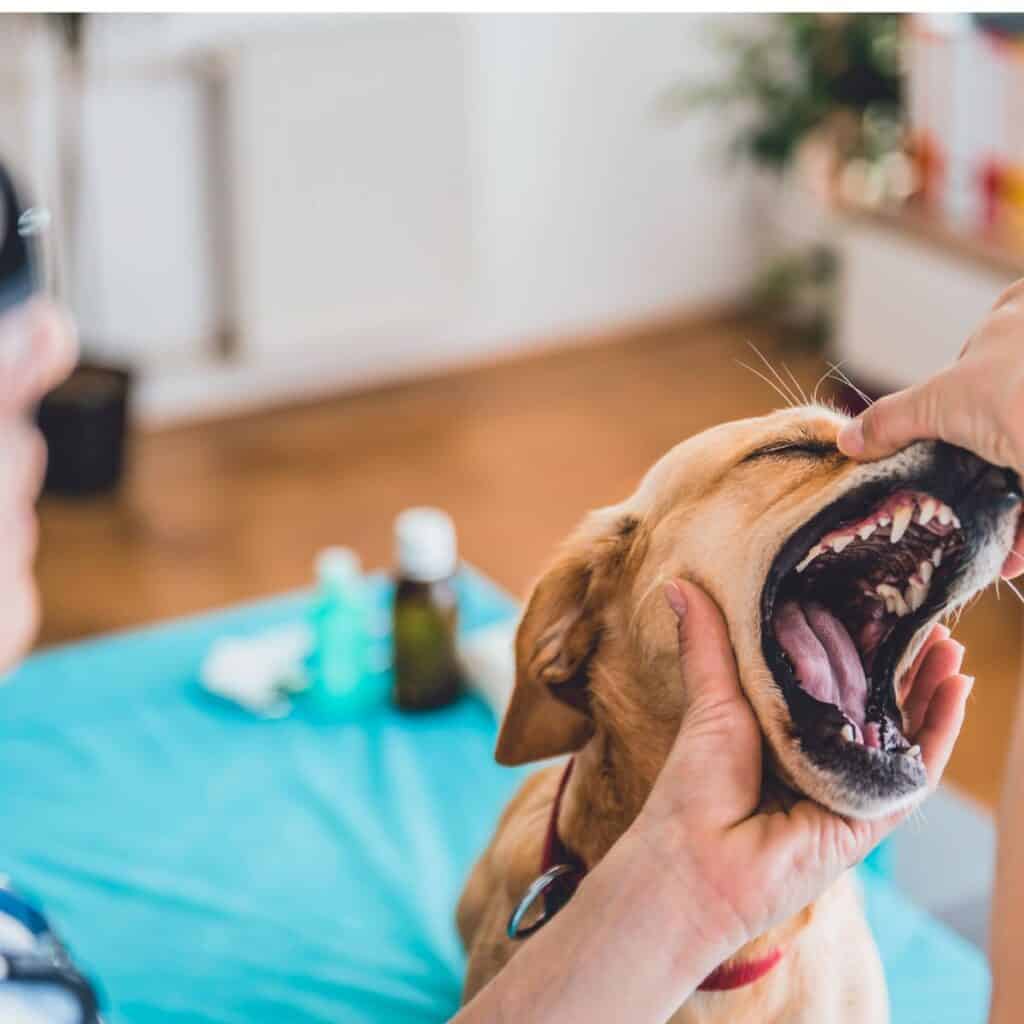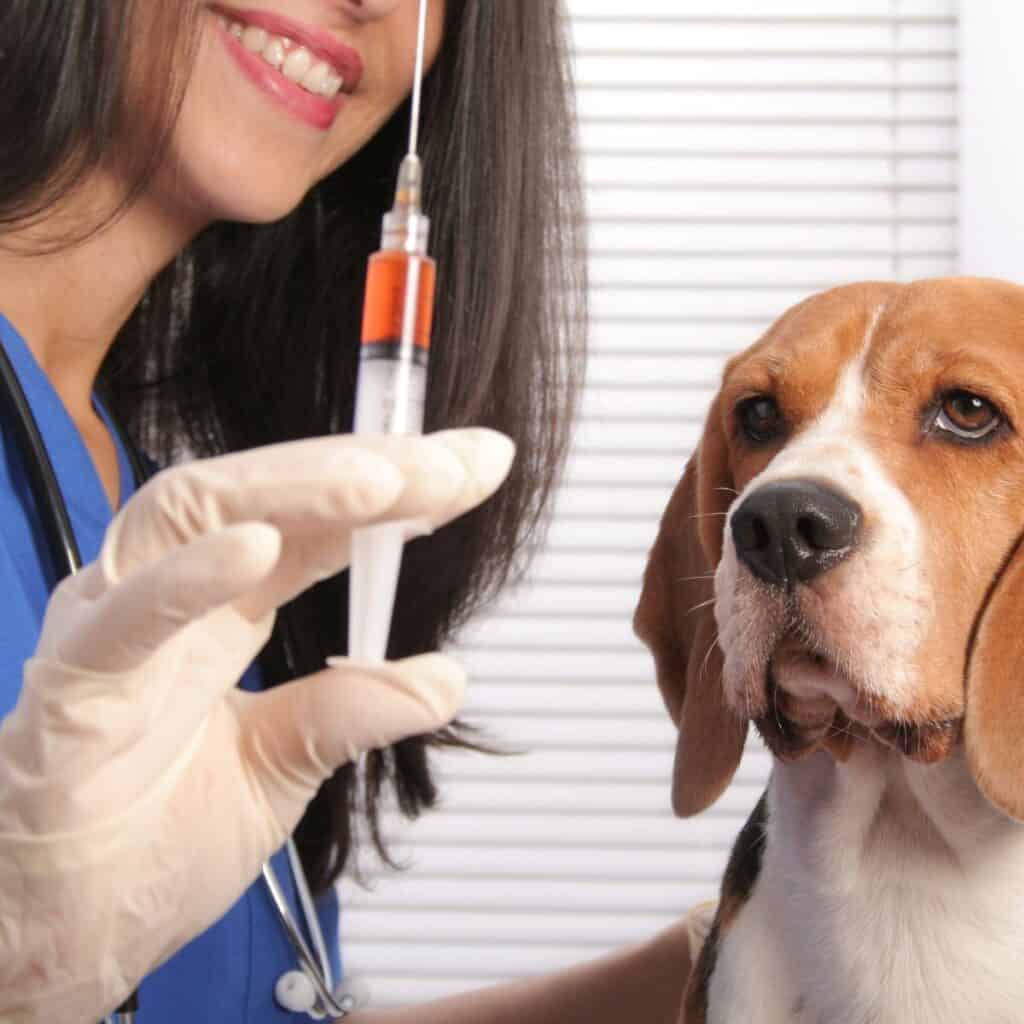Here at The Popular Pets we tend to focus on the fun and enjoyment of navigating life with a dog. However, when Money came to us with this article we could not refuse since in the long run caring for your pet and having the financial ability to ensure they get the best care certainly adds to the fun and enjoyment of life with a pet.

Pet insurance plans for your dog may add to the long run joy you experience with your pets. Our pets support us in so many ways and can help us live our lives more comfortably through emotional support, providing assistance and so much more.
Pet insurance is one of the many ways that we can support our pets as with pet insurance we may be able to obtain superior healthcare. However, that is only of we select the right insurance.

Vet bills can get really expensive for pet parents really fast. Pet insurance can help make those expenses a lot more affordable. Now yes, insurance is a sore subject for some, but it could mean the difference between financial hardship and security when your dog needs a crucial operation you weren’t expecting.
Pet insurance can support pet lovers that are already facing record inflation and seeking ways to save on pet costs. Although, it may not be intuitive to consider adding another cost like pet health insurance as a way to do that.
But how can you know if you select the correct health coverage? This article aims to answer that and help you navigate the complex world of pet insurance.
…First, let’s clarify what pet insurance is for everyone who doesn’t have the full picture.
What Is Pet Insurance?
Pet insurance is designed to help you pay for any and all unexpected vet bills and medical costs that involve your pets getting sick or injured after you pay monthly premiums and likely, a deductible. Typically, there will be several plans available and coverage for preventative care, specific illness plans and catastrophic events will vary. Traditionally, dogs and cats are the types of pets the majority of people think of when discussing pet insurance and what the majority of carriers cover; some carriers do cover exotic pets like birds and reptiles as well.
According to NAPHIA, of the 85 million families with pets, only 3.45 million pets actually have health protection.
Bonus tip: Unlike health insurance for people, pet insurance policies have accident and illness separate from routine wellness coverage. So, it is best to review the policy terms carefully.
Pet Insurance Policy Options
As with people, there are various pet health insurance plans to choose from each with different policy types to cover pets; however, before deciding which one to purchase, you need to ask yourself how much are you willing to pay throughout the year and how much are you willing to pay in the event of an incident requiring coverage in the form of a deductible.
Both of a pet insurance plan’s coverage and premiums depend on a multitude of factors like:
- You pet’s age,
- Your location, and
- The type of pet and their breed.
Pet insurance coverage varies and has deductibles, co-payments, and lifetime, annual, or per incident benefit limits along with a reimbursement rate that varies. Depending on the carrier, you can be given the option to customize the amount you pay, the percentage of the reimbursement rate, and the benefit limits for veterinary care. (We’ll cover this more in the next section)
Types of Pet Insurance
The type of pet insurance policy you choose will depend on not only what you can pay but also on how you want your pet to be covered, for example:
- Accident-only pet insurance policies
- As the name suggests, this policy extends to any physical ailment your pet may receive as a result of emergency care resulting from things like broken bones or accidental poisoning. The advantage here is that it is the most affordable option and would cover emergency clinic costs which can be an unexpected expense for pet owners.
- Accident & Illness policies
- This policy is the one most pet owners strive to get just to make sure they have all their bases covered with the inclusion of skin problems, allergies, parasites, etc.
- To make sure pets are truly covered, some owners even include the wellness coverage add-on, which covers the non-emergency treatments. As you can imagine, this is the most expensive plan you can get.
How Much Does Pet Health Insurance Coverage Cost?
There are a variety of options when it comes to pet insurance, with the most basic policies costing around $30 to $50 per month. Only accidents and illness pet insurance policies will be covered for these costs. Others, which include routine health care, or preventative health care, like dental cleanings and vaccinations can cost as much as $100 a month or more if a plan is available for your pet.

Many pet owners indicate that recurring treatments like immunizations are often less expensive than the insurance coverage thus, the increased cost of health insurance may not be the most cost-effective option for your best friend.
Factors that Affect the Cost of Pet Insurance
Many factors influence the cost of insurance. Your pet’s age and breed can have a role in how much you pay. As an example, many insurance policies exclude pups under eight weeks of age. There are some firms that refuse to cover pets above a particular age, and there are others that will end the insurance when your pet hits a specific age limit.
In the case of a senior dog, these are crucial concerns as this is when your pet typically needs greater veterinary care. Some other things to consider when selecting an insurance policy:
- Any pre-existing conditions will be excluded from the policy.
- Location plays a factor as the better the local economy is in your area or the cost of veterinarians care in general like New York vs a rural area the more expensive veterinarians will be.
- You can also set the deductible to be annually or per incident/condition.
- Pet insurance is also typically for use with a licensed veterinarian only. Many pet owners are increasingly using naturopathic or alternative care to compliment their veterinarian and those services would not be covered.
Choosing The Best Pet Insurance Policy
While the cost of the policy and overall policy type play a factor in your choices, there are other important factors to consider before making a final decision for your furry family members.
- What care will your pet need throughout its life?
- Pick the coverage based on the conditions of the particular breed, for instance if hip dysplasia, congenital conditions or other hereditary conditions are prevalent in your pets breed and they are excluded you may not receive the value of the pet insurance policy
- Choose the appropriate payout cap
- Be sure to read the fine print of the policy terms; contracts can be a tricky thing
- Compare the risk vs. reward (cost vs. reimbursement)
Is Pet Insurance Really Worth It?
With the high expense of owning a pet, pet owners may ask if the cost of pet insurance is worth the investment. Pet insurance can certainly provide pet owners peace of mind when it comes to pet expenses but there are many considerations that also need to be taken into account.
Insurance for your pet is a good investment if you can answer these questions:
- Are the premiums within your budget?
- Are the ridiculously high vet fees becoming a burden?
- Is your pet young and in overall good health?
- Are most of your veterinarian costs for items like routine care that would be excluded?

At the end of the day, it is your choice whether or not you want to get your pet insured based on how often you get them checked out. Some need it, and some don’t, as some pets miraculously never get sick or hurt. Make your decision based on what you and your furry friend actually need.
Pet Insurance Companies
There are many options for pet insurance companies that have various coverage options and service levels and convenience. Here are a few:
Lemonade They describe themselves as “super fast everything” priding themselves on paying claims quickly so you will be out of pocket less.
Fetch. They describe themselves as offering the most comprehensive pet insurance coverage available.
Nationwide. They describe themselves as the best pet insurance with over 1 million pets covered and plans starting at $35.00 per month.
Healthy Paws Pet Insurance Foundation. They tout that they do not have any maximum or lifetime payouts and they process claims in as little as two days reducing out of pocket costs.
Some Helpful Insurance Terms
The world of insurance is complex. Here are some handy terms that may help you when you are shopping for insurance:
Waiting Period. A pet insurance waiting period is a set period of time before you can receive full coverage for some specific procedures. Waiting periods vary based on your plan and can range from a few months to over a year. Waiting periods may not provide coverage for large surgeries or other medical conditions prior to the expiration of the period
Annual deductible. Your annual deductible is typically the amount of money that you pay out of pocket each year for allowed amounts for covered veterinarian care before your pet insurance plan begins to pay. This may exclude certain preventive services that may be automatically covered. For instance, if you have a pet insurance plan with a $1,000 annual deductible, you would pay the $1,000 prior to your pet insurance plan providing coverage.
Annual Limit. Annual limits are the total benefits an insurance company will pay in a year while a pet is enrolled in a particular pet insurance plan.
Comprehensive Coverage. This is the broadest insurance coverage available and will cover items such as the following:
- Accidents and injuries, such as poisonings, sprains and ACL ruptures
- Chronic illnesses such as allergies, arthritis and skin conditions
- Common illnesses such as ear infections, vomiting and diarrhea
- Serious illnesses such as cancer, heart disease and diabetes
- Hereditary conditions such as hip dysplasia, eye disorders and blood disorders
- Testing and diagnostics such as X-rays, MRIs, CT scans, blood tests and ultrasounds
- Procedures such as surgeries, hospitalizations, nursing care, endoscopies and chemotherapy
- Holistic and alternative procedures such as acupuncture, chiropractic and laser therapy
- Wellness procedures such as vaccinations, flea/heartworm and spay/neuter
- Behavioral therapy for problems such destructive chewing, excessive barking and aggression
Multi-Pet Discount. A discount provided by pet insurance companies for multiple pet policies.
This article was provided to us by the good folks at Money.com they have more insurance info at their site.
Pet Insurance FAQs
Certain pet insurance is direct pay meaning that the insurance company pays the vet directly. Otherwise, you have to pay the vet yourself and submit the claim to your insurance. Direct pay is preferable but may limit the vet that you can use for your pet and be difficult in an emergency.
Most pet insurance company’s will have a waiting period, Companion Pet is said to have no waiting period but it still takes time to get your pet approved. Most pet insurance reviews pre-existing conditions so if your pet is already sick even if there is no waiting period you will have to disclose that to avoid having something be rejected from coverage.
You may be able to procure pet insurance after a diagnosis but you likely will not get coverage for the issue diagnosed as that will be considered a pre-existing condition. If you fail to disclose the pre-existing condition your claim may be rejected regardless.
Looking to learn more about taking charge of your Dog’s Health? Learn about Pet Testing from The Popular Pets. Now offering pet testing for your the health of your pet and your peace of mind. Learn more about pet testing options.
You may also be interested in the Ultimate Guide to Heartworm
Diatomaceous Earth for Dogs and Cats FAQ
Diatomaceous earth is great for dogs and is safe to ingest and put on their skin, sniffing diatomaceous earth is not a problem but dog owners do need to be careful that dogs do not inhale DE further. The silica in DE can be harmful to dog and cat lungs, especially pets with respiratory issues. The many benefits of DE make it a useful pet wellness tool.
Since DE is an excellent addition to food due to its ability to kill parasites, bind collagen and support a healthy coat and joints, licking DE is not only beneficial but suggested. DE is safe for dogs but dog lovers should get food grade DE to be safe.
Diatomaceous earth will not harm dogs. DE is non-toxic and actually helpful for dogs due to its many wellness attributes. Pet lovers have found many benefits to adding DE to their pet’s food to help support a healthy coat and fend off parasites and on externally to help with fleas and ticks.

